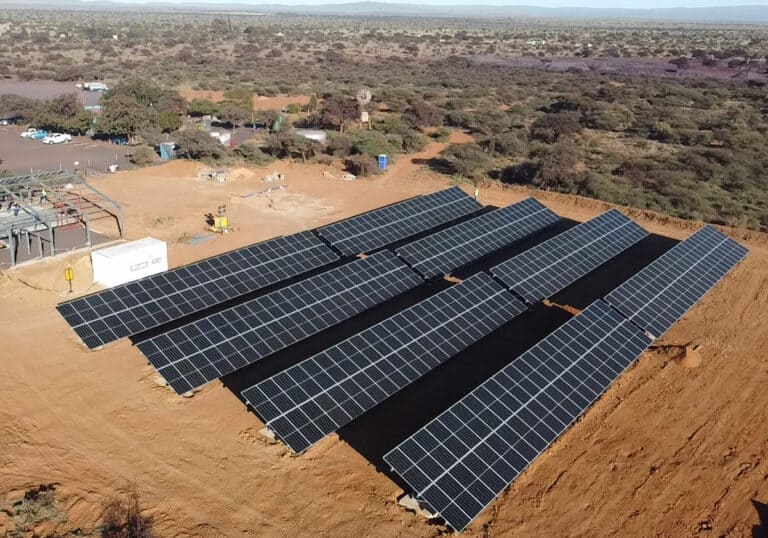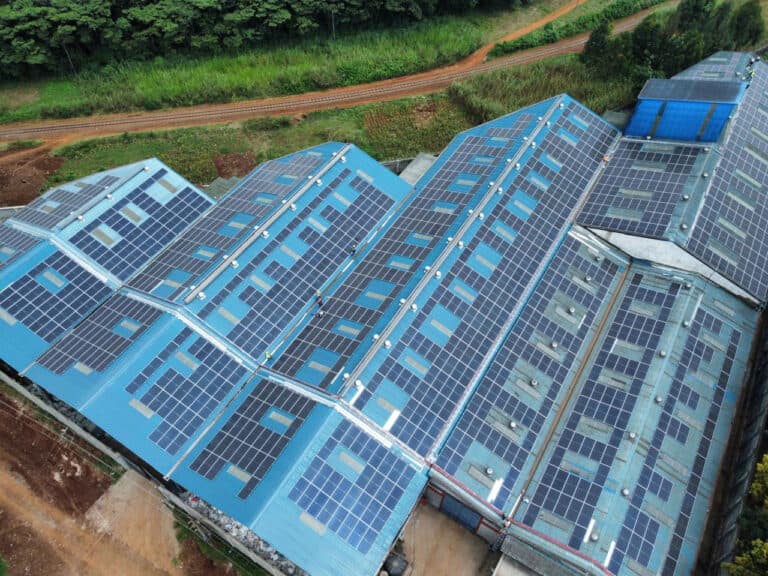With the rise of renewable energy three countries have stood out as renewable energy hotspots.
Republic of China
China has connected over 5GW of solar power to the grid in the first quarter of this year, according to a statement from the National Energy Administration (NEA). About 4.4GW were utility-scale plants while distribution-grid-connected projects accounted for the rest.
The Asian nation now has 33GW of solar power supply and aims to add 17.8GW of solar power this year – more than double the capacity installed by the US in 2014. China has also begun building floating solar farms to increase the solar energy generated energy in Asia.
Japan
The Ministry of Economy, Trade and Industry had approved more than 75GW of clean energy projects by end-January, of which almost 72GW are solar. Actual solar installations since the beginning of the incentive programme in July 2012 totalled 15GW by end-December. Japan also boasts the largest floating solar farm in the world.
Republic of South Africa
Another country seeing significant build-out is South Africa, which plans to buy an additional 6.3GW from private producers through its auction programme. It also announced the preferred bidders for 13 clean energy projects adding up to 1.1GW of capacity last week. Scatec Solar, Biotherm Energy, Sappi, Sun Edison and Enel Green Power were among the companies provisionally selected to build solar, wind, biomass and hydroelectric plants. Financing for the projects is to be completed by the fourth quarter, with commissioning due to start in November 2016.
“This brings it to a total of 79 projects approved by the Department of Energy, with a capacity of 5,243MW” in four of five bid rounds, energy minister Tina Joemat-Pettersson told reporters in Cape Town last week. “This represents a massive investment of ZAR 168bn ($14bn) in economic infrastructure in our country.”
Renewable energy has fast become a ‘must-have’ investment for countries and China, Japan and South Africa have quickly taken up the ‘renewable energy call’ especially with the rising price of oil and the depleting non-renewable fuel.




